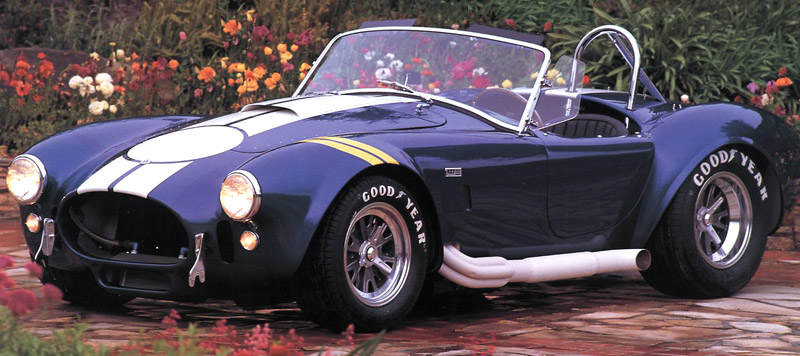In recent years, low profile tyres start to appear more and more on cars, a lot of people believe that it has better performance.
However, reality often proves them wrong.
A BMW M3 with 18" wheels is faster trough corners than one with 19" wheels. (both stock)
I'm trying to find a sound explenation as to why this is, since on the internet you only find "low profile tyres have fewer deformation and handle better" or "18" wheels were proven faster in a test", no real explenation.
I think the explenation has something to do with the folowing
*a lower profile tyre responds a bit quicker to the driver imput hence giving the illusion that it handles better
*while turning the front tyre contact patch reduces more with a low profile tyre than a normal profile tyre.
*the frequency of the tyre (the lateral moving when loosing grip) is much better manageable with a normal profile tyre, since the tyre absorbs more energy and is easier on the suspension, making the car more stable on the limit.
*a low profile tyre only would improve the handling if the surface were 100% flat, which, in real life never happens.
Please enlighten me.
Also, is there something as an ideal tyre height, given a certain sidewall stifness en width?
- Login or Register
No account yet? Sign up



